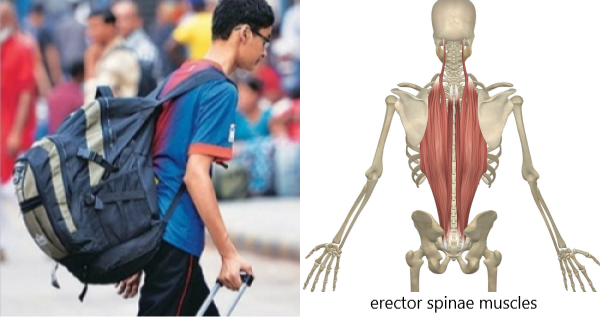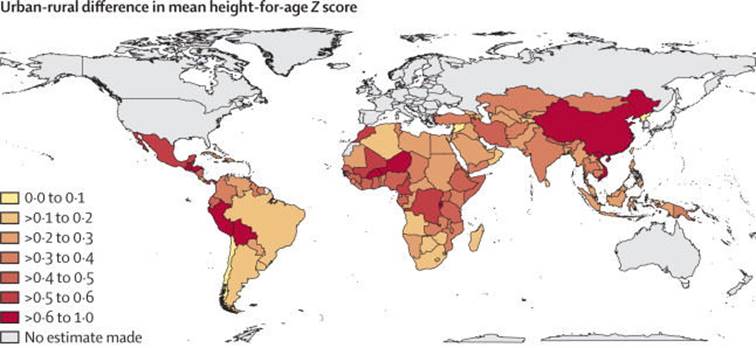Z
zxz
Iron
- Joined
- Oct 5, 2020
- Posts
- 130
- Reputation
- 194
- OP
- #101
Ok, but what about overall posture, you could be sitting with your legs at 90 degrees and your torso at 90 degrees to your legs with a straight back and still have forward head gamer posture.Forward head gamer posture.
Did you play on pc or console and did you play sitting or laying?






